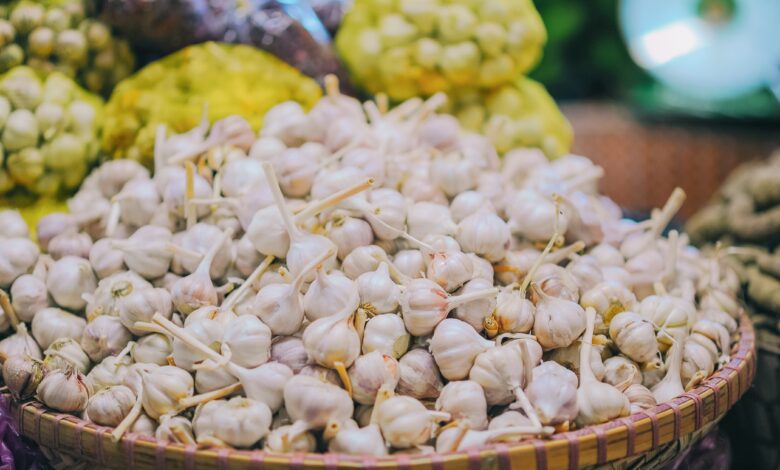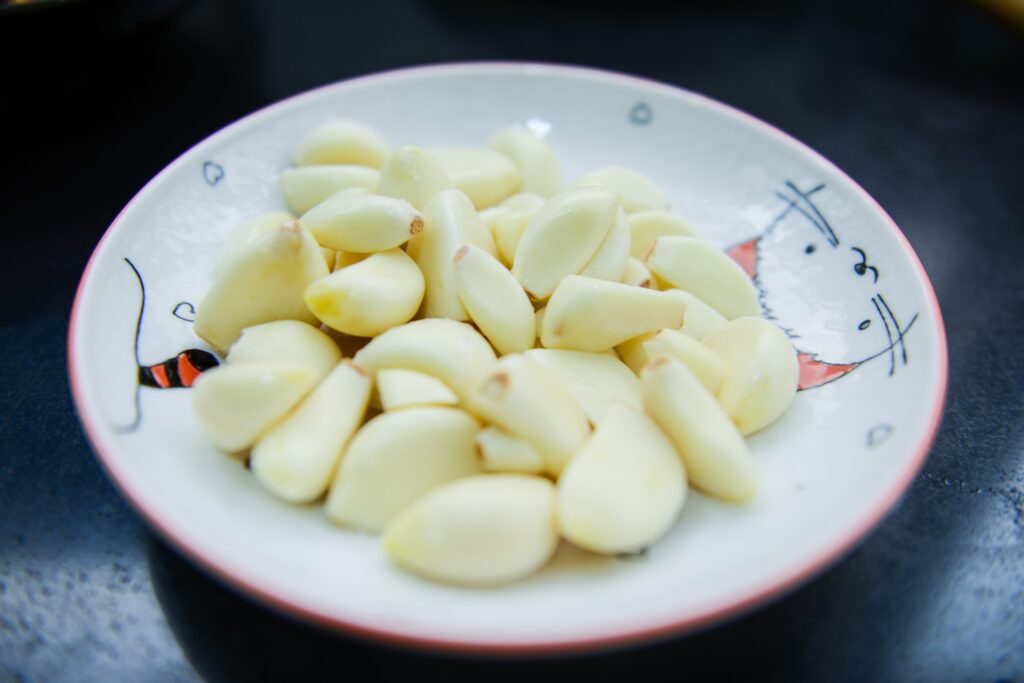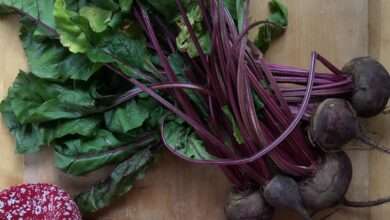
A true ally for cardiovascular health
The American Heart Association (AHA) publishes dietary recommendations to prevent the risk of cardiovascular disease, such as high consumption of fruits and vegetables, as well as the choice of whole-grain cereal products and low-fat dairy products . Based on numerous research results, the AHA offers a list of specific foods with a certain cardioprotective effect. Garlic is one of these foods (along with nuts, soybeans, legumes and tea) and its consumption is therefore added to the basic recommendations of the AHA with a view to preventing cardiovascular disease.
The majority of studies evaluating the effect of garlic on risk factors for cardiovascular disease (such as blood pressure, blood cholesterol and blood glucose) have been carried out with garlic supplements or extracts, in order to isolate the active principles. Overall, this research demonstrates a tendency to slightly lower blood cholesterol and triglyceride levels. Few studies have therefore evaluated the real impact of the consumption of fresh garlic (raw or cooked) on these risk factors and they date from a few years ago. In two of these studies, consuming 3 g and 10 g of fresh garlic daily for 16 and 8 weeks, respectively, helped lower total cholesterol. Further studies will be needed to assess the effect of fresh garlic consumption on the prevention and treatment of cardiovascular disease. According to the results of studies using garlic extracts, a daily consumption equivalent to 2 g to 5 g of raw garlic or 10 g to 15 g of cooked garlic would be necessary in order to benefit from benefits on certain factors. risk of cardiovascular diseases such as total cholesterol, LDL-cholesterol (“bad” cholesterol) or high triglycerides in the blood.
Anti-microbial and anti-infective properties?
Garlic is traditionally used for its antimicrobial properties and for the treatment of certain infections. The majority of studies on the subject have been carried out using garlic extracts, at doses that are often difficult to achieve with the usual consumption of fresh garlic. In a study carried out in a population of a region of China, a high consumption of garlic (more than 5 kg per year per person, equivalent to approximately four to five cloves of garlic per day) was weakly associated with a decrease in Helicobacter pylori infections. This observation was challenged by a clinical study in which people ate ten cloves of fresh garlic a day, with no significant effect against H. pylori infection. Some studies suggest that garlic may help prevent the common cold. In effect, In one study, two groups were compared: one consumed a garlic supplement and the other a placebo for 12 weeks during the cold season (November to February). The results show that those who were in the group with a garlic supplement had fewer cold episodes than those who took a placebo. In addition, when they had a cold, individuals who were in the group with a garlic supplement saw their symptoms decrease more quickly than those who had taken a placebo. For now, the data are still insufficient to say that the consumption of fresh garlic would bring an anti-infective effect in the body. The results show that those who were in the group with a garlic supplement had fewer cold episodes than those who took a placebo. In addition, when they had a cold, individuals who were in the group with a garlic supplement saw their symptoms decrease more quickly than those who had taken a placebo. For now, the data are still insufficient to say that the consumption of fresh garlic would bring an anti-infective effect in the body. The results show that those who were in the group with a garlic supplement had fewer cold episodes than those who took a placebo. In addition, when they had a cold, individuals who were in the group with a garlic supplement saw their symptoms decrease more quickly than those who had taken a placebo. For now, the data are still insufficient to say that the consumption of fresh garlic would bring an anti-infective effect in the body.
Interesting antioxidant content
Antioxidants are compounds that protect cells in the body from damage caused by free radicals. The latter are very reactive molecules that would be involved in the development of cardiovascular diseases, certain cancers and other diseases related to aging. Garlic contains various antioxidant compounds such as flavonoids and tocopherols, in addition to sulfur compounds which would also contribute to its antioxidant activity. Consumption of fresh garlic (raw or cooked) may increase antioxidant activity in plasma in rats, but daily consumption of 3 g to 6 g of raw garlic for seven to eight days in humans did not confirmed this observation. We do know that at equivalent weight, garlic has a higher antioxidant capacity than a wide selection of vegetables.
Nutritionist’s word
The enzyme found in garlic that allows the formation of allicin and other sulfur compounds is deactivated by heat. Depending on the method and time of cooking the garlic, the sulfur compounds formed will be different and the amount of antioxidants may decrease. The properties of raw garlic would thus be superior to those of cooked garlic. Tip: add the garlic 20 minutes or less before the end of cooking to preserve the quality of its active compounds as much as possible.

- bridge
- Allergies (overview)
- Achluophobia : all about the fear of the dark
- At what age can you do bodybuilding?
- Fatigue in the morning: causes and remedies








